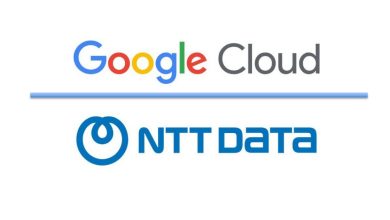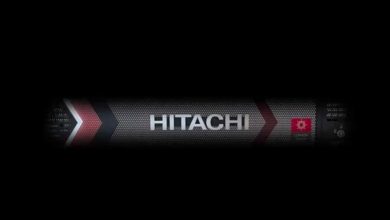
The capacity to achieve cloud-like performance, simplicity and efficiency in a containerised medium is very appealing. Managing infrastructure on-premises, in the cloud, and at the edge can be a lot to take in for companies just starting out in the multi-cloud landscape.
Red Hat OpenShift is a platform that allows for unified management of hybrid cloud, multi-cloud, and edge deployments, so there’s no need to worry. Let’s look at three advantages Red Hat OpenShift unlocks for your multi-cloud settings:
1.Get Closer to Your Applications
No matter how isolated your location is, having Red Hat OpenShift power your edge will help you get data-driven results faster and improve application experiences. Applications for edge computing need to be deployed and maintained rapidly and reliably across many different types of infrastructure (automation, security, etc.), deployment models (bare metal, cloud-native), and providers or suppliers. This is when Kubernetes and Red Hat OpenShift come in handy. Edge computing environments can now take advantage of the full suite of Kubernetes features thanks to Red Hat OpenShift, which simplifies the configuration, deployment, provisioning, management, tracking of metrics, and monitoring of even the largest-scale containerised applications by leveraging the same tools and processes.
2.Full Visibility and Control of Your Kubernetes
“A unified interface with predefined safety measures.” That’s essentially the benefit of Red Hat OpenShift. Red Hat Advanced Cluster Management for Kubernetes is a Red Hat OpenShift-based service that unifies multicluster management where you may:
- Manage Kubernetes clusters across private and public clouds from a centralised location.
- Conduct a domain-wide search for any Kubernetes resource; locate and edit any resource.
- Quickly investigate and fix problems throughout your federated domain.
- Configuring cloud-defined storage, static IP addresses, upgrading network components (such as firewalls or load balancers), and more may be automated during cluster creation and maintenance with the help of the Red Hat Ansible Automation Platform.
3.Security for Kubernetes
Protecting containerised Kubernetes workloads across all major clouds and hybrid platforms is now possible with Red Hat Advanced Cluster Security (ACS) for Kubernetes. This includes Red Hat OpenShift, IBM Cloud Kubernetes Service, Amazon Elastic Kubernetes Service (EKS), Microsoft Azure Kubernetes Service (AKS), and Google Kubernetes Engine (GKE). With ACS, you can provide developers with actionable, context-rich guidelines integrated into existing workflows, along with tooling to support developer productivity, all while mitigating threats and enforcing security policies that minimise operational risk to your applications in your Kubernetes environment.
In short, when it comes to managing legacy, modernised, and cloud-native apps, Red Hat OpenShift is the consistent application platform you need.
Regardless of the underlying infrastructure, Red Hat OpenShift provides a uniform abstraction layer for application packaging, deployment, and management, benefiting both development and operations teams. This enables you to deploy apps where they will be most effective without having to adapt their operations to the specifics of the hosting environment.
Red Hat is the market leader in supplying market-ready solutions for open hybrid cloud strategy regarding enterprise-ready Kubernetes container platforms. Click here to find out how Red Hat’s expert resources, tools, and services may help your business be more innovative and productive in the hybrid cloud era.





